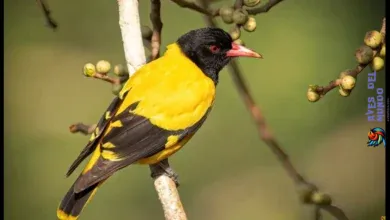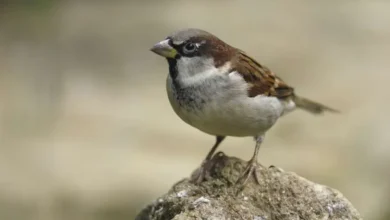Have you ever wondered what makes owls such captivating creatures of the night? From their stealthy flight and haunting hoots to their piercing gaze, there is no denying the allure of these enigmatic birds. But what secrets lie within the depths of their mysterious world? Join us on a journey as we unravel the fascinating realm of owls, exploring their diverse species, intriguing behaviors, and remarkable adaptations that have fascinated humans for centuries.
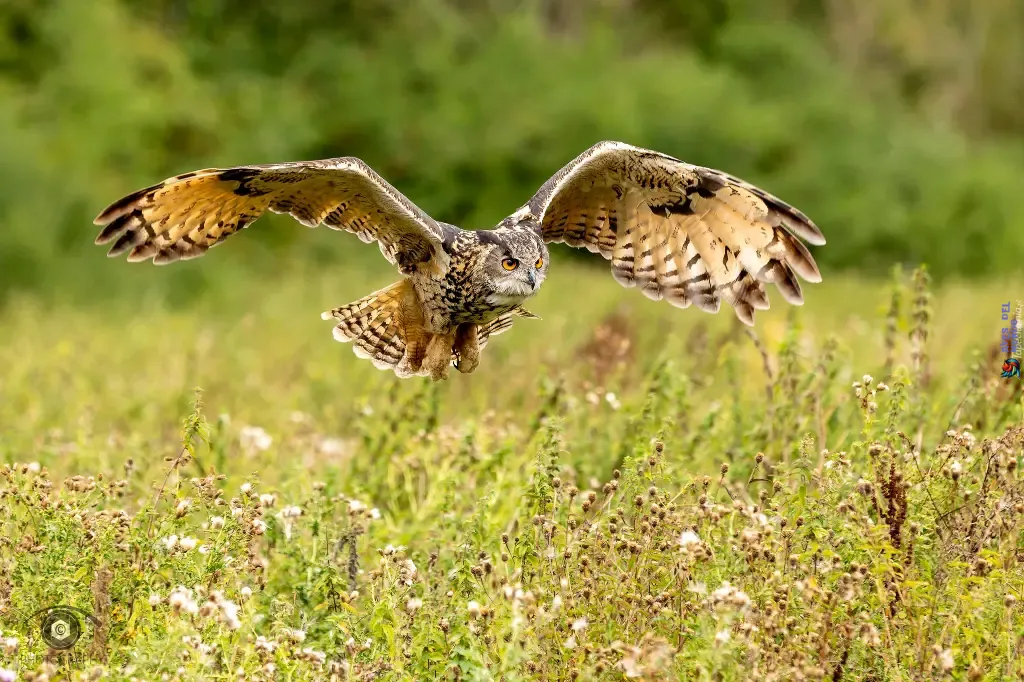
As you delve deeper into this article, you will discover the wide range of owl species that inhabit our planet, from the diminutive Elf Owl to the majestic Snowy Owl. You will learn about their preferred habitats and the incredible adaptations that allow them to thrive in various environments, from dense forests to barren deserts.
Prepare to be amazed by the fascinating facts we uncover about owls. Did you know that they possess exceptional hearing abilities and can locate prey with pinpoint accuracy? Or that their silent flight enables them to swoop down on unsuspecting victims without making a sound?
But owls are not just intriguing in their physical attributes. Their behaviors are equally captivating. Discover their unique hunting techniques, intricate courtship rituals, and even their social interactions amongst their own kind. You’ll be astonished by the complexity of their lives.
So why are owls not just intriguing but also significant to our world? Join us as we explore their vital role in maintaining the balance of ecosystems and the importance of owl conservation efforts. We’ll reveal the ongoing research and monitoring programs that aim to protect and preserve these mesmerizing birds for generations to come.
Lastly, we will uncover the symbolism and mythology surrounding owls. Throughout history, these enigmatic birds have been associated with wisdom, mystery, and spiritual significance. Join us as we delve into the diverse meanings and interpretations attributed to owls across different cultures and explore their enduring presence in art and literature.
Are you ready to embark on this captivating journey through the mysterious world of owls? Let’s unravel the secrets and discover the enchantment that awaits us as we dive deep into their nocturnal realm. Get ready to be amazed, intrigued, and inspired by these magnificent creatures.
An Overview of Owl Species
When it comes to owls, there is a remarkable diversity of species around the world. Each type of owl possesses unique characteristics and adaptations that contribute to their survival in various habitats. From the majestic Snowy Owl to the elusive Elf Owl, here are some of the fascinating owl species that inhabit our planet:






These are just a few examples of the remarkable diversity of owl species found worldwide. Each species has its own unique set of characteristics, habitats, and behaviors that make them an integral part of our ecosystem. From the stealthy hunters to the vocal nighttime serenaders, owls continue to captivate our attention with their beauty and enigmatic nature.
Owl Habitats and Adaptations
Owls have mastered the art of survival in a wide range of habitats, showcasing their incredible adaptations. From dense forests to arid deserts, these majestic birds have found their niche and thrived in various ecosystems.
One of the key adaptations that enable owls to survive in different habitats is their exceptional camouflage. Their feathers blend seamlessly with their surroundings, allowing them to remain hidden from both predators and prey. This camouflage plays a crucial role in their hunting strategies, as they rely on surprise attacks to capture their next meal.
Owls also possess remarkable adaptations that enhance their hunting abilities. Their wings are specially designed for silent flight, allowing them to approach their prey undetected. The leading edges of their feathers are fringed, which reduces turbulence and minimizes noise. This silent flight adaptation is particularly advantageous during nocturnal hunts when stealth is essential.
Another unique adaptation of owls is their facial disc. This specialized structure acts as a sound collector, funneling and focusing sound waves towards their ears. This enables owls to pinpoint the exact location of their prey, even in total darkness. The arrangement of their ears, with one ear higher than the other, allows for precise sound localization and depth perception.
Adaptations in Different Owl Species
Various owl species have evolved specific adaptations to thrive in their respective habitats.
| Owl Species | Adaptation | Habitat |
|---|---|---|
| Great Gray Owl | Large facial disc for enhanced hearing. | Coniferous forests. |
| Burrowing Owl | Excellent digging abilities for burrowing into the ground. | Open grasslands. |
| Snowy Owl | Dense feather coverage for insulation in freezing Arctic conditions. | Tundra regions. |
In addition to habitat-specific adaptations, owls also have a remarkable ability to adapt their hunting techniques and diets based on the availability of prey in their surroundings. They are opportunistic hunters, efficiently adapting to changes in their environment.
By understanding and appreciating the diverse habitats and adaptations of owls, we gain a deeper insight into their remarkable survival strategies. These adaptations showcase the extraordinary capabilities of these nocturnal hunters and their ability to thrive in even the most challenging environments.
Fascinating Owl Facts


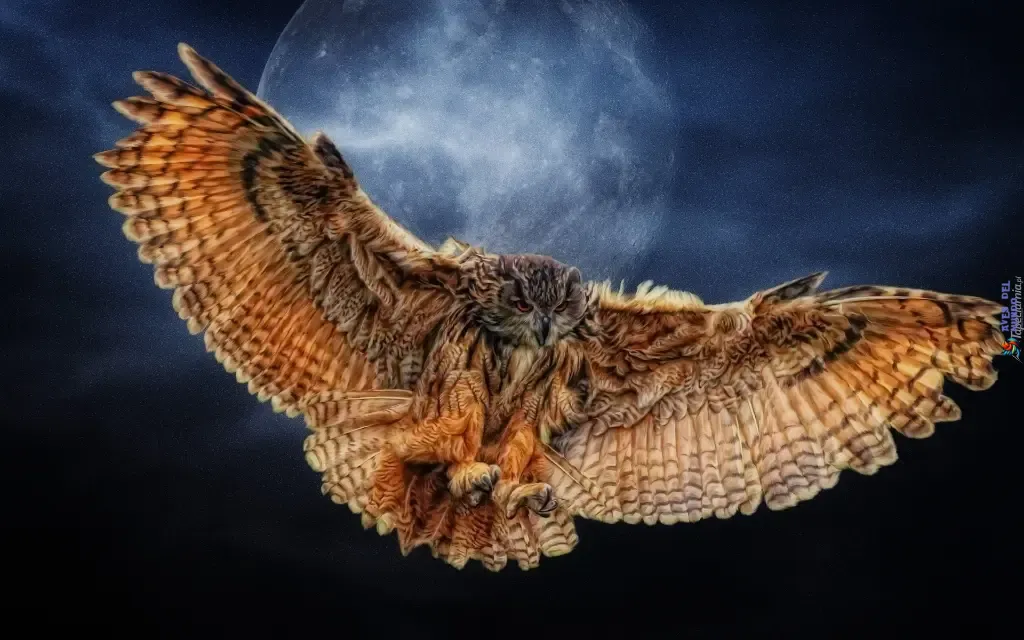
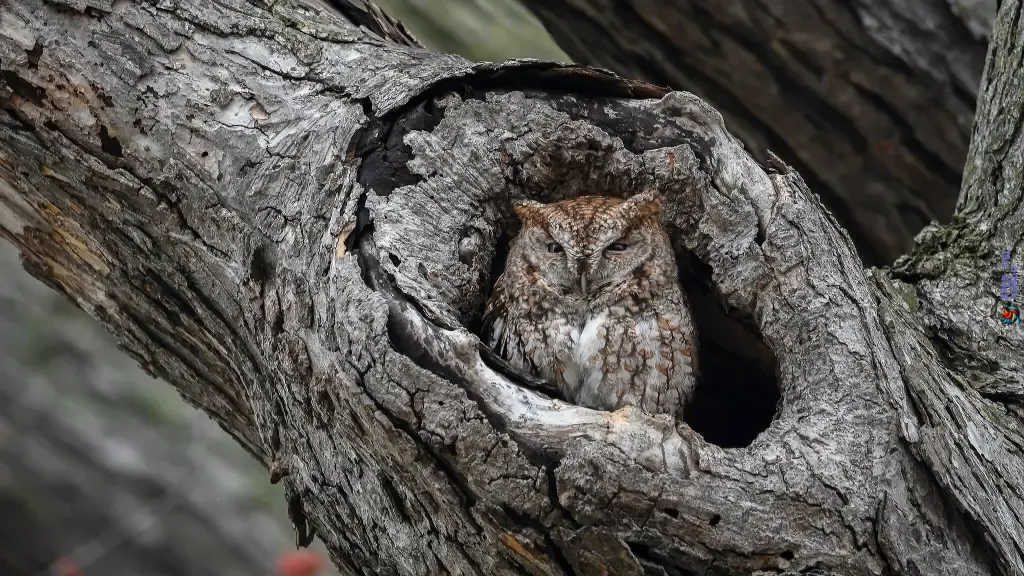
Get ready to be amazed by the extraordinary facts about owls! These fascinating creatures possess a unique set of characteristics that set them apart from other birds. From their silent flight to their exceptional hearing abilities, every aspect of an owl’s existence is truly captivating.
1. Silent Flight
Did you know that owls are able to fly silently? Their wing feathers have special fringes and soft edges that minimize noise when they fly, allowing them to approach their prey with stealth and precision. This silent flight adaptation makes them formidable hunters of the night.
2. Superior Hearing
Owls have incredible hearing abilities that enable them to detect even the faintest sounds. Their large facial discs, composed of intricate feathers, funnel sound waves into their ears, amplifying their hearing. Some owl species have ears positioned asymmetrically on their heads, allowing them to pinpoint the exact location of their prey.
3. Adapted Eyesight
Owls have remarkable vision that allows them to see clearly even in low-light conditions. Their large eyes are fixed in their sockets and cannot move, but they compensate for this limitation by having flexible necks that can rotate up to 270 degrees, giving them a wide field of view. Additionally, owl eyes are tubular in shape, allowing for better depth perception and enhanced focusing on distant objects.
4. Varied Diets
While many people associate owls with hunting mice and small rodents, these birds have diverse diets. Depending on their species and habitat, owls can also feed on insects, fish, reptiles, amphibians, birds, and even other owls. Their ability to adapt their diet is a testament to their versatility as predators.
5. Exceptional Camouflage
Owls possess exceptional camouflage that helps them blend seamlessly into their surroundings. Their feather patterns and colors mimic the bark of trees, rocks, or leafy vegetation, making them virtually invisible to their prey and potential predators. This unique adaptation allows them to remain hidden during the day and become active hunters at night.
| Fact | Description |
|---|---|
| Fact 1: | Owls can rotate their heads up to 270 degrees. |
| Fact 2: | The facial discs of owls help funnel sound waves into their ears, amplifying their hearing. |
| Fact 3: | Owls have specialized feathers that allow them to fly silently. |
| Fact 4: | Some owl species have asymmetrical ear placements, giving them precise sound localization. |
| Fact 5: | Owls’ tubular-shaped eyes provide excellent depth perception and focusing. |
These are just a few of the many astonishing facts about owls. Their adaptations, behaviors, and unique characteristics continue to captivate scientists and nature enthusiasts alike. Stay tuned for more fascinating insights into the mysterious world of owls.
The Behavior of Owls
Owls are intriguing creatures with a rich repertoire of behaviors that are both captivating and essential to their survival. From their hunting techniques to their intricate mating rituals, owls exhibit a remarkable range of behaviors that set them apart from other birds.
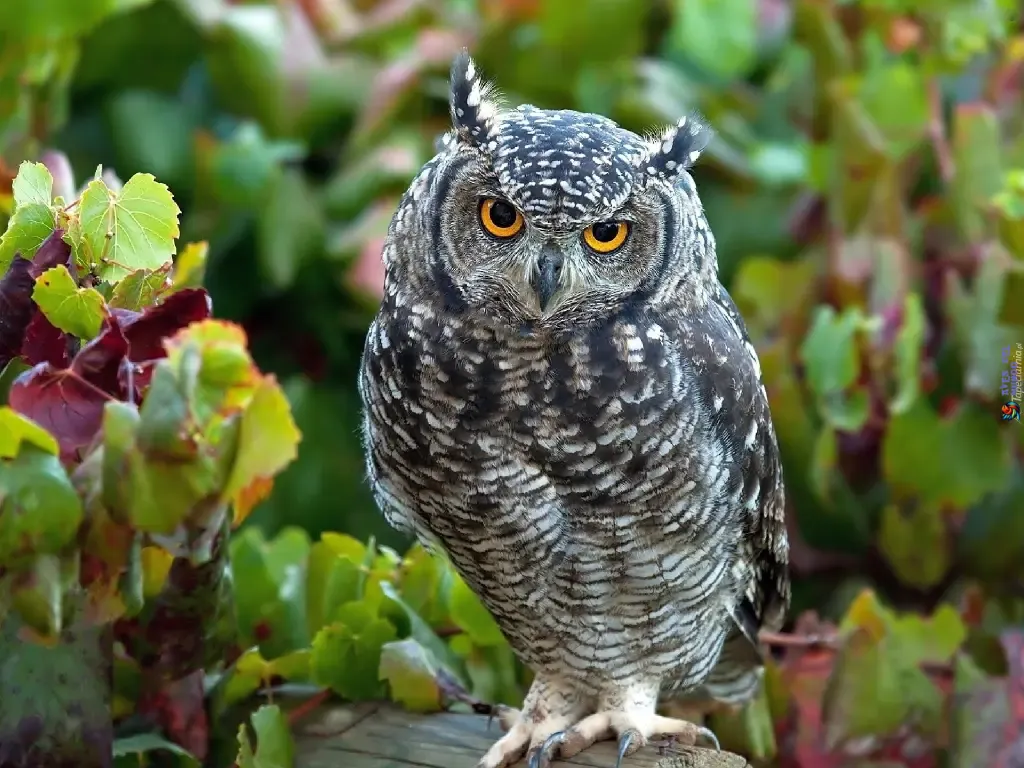
When it comes to hunting, owls employ a variety of tactics tailored to their specific prey. Some species, like the Barn Owl, rely on their exceptional hearing to locate small mammals in the darkness of the night. These owls possess specialized facial discs that work as sound collectors, funneling faint noises into their ears with pinpoint accuracy. They can detect the slightest rustle of a mouse or the scurrying of a vole, enabling them to strike with incredible precision.
Other owl species, such as the Great Horned Owl, are powerful predators that utilize their strong talons to capture a wide range of prey, including rabbits, squirrels, and even other birds. Their impressive grip, combined with their silent flight, allows them to swoop down on their unsuspecting victims without a sound, enhancing their chances of success.
«Owls display a fascinating array of behavior, from their hunting techniques to their intricate mating rituals.»
In addition to their hunting prowess, owls also engage in elaborate mating rituals. During the breeding season, male owls showcase their dedication and courtship skills through various displays. These displays may involve impressive flights, vocalizations, and even the offering of food to the female. These acts serve to communicate the male’s intentions and establish a bond with the potential mate.
Owls are not solitary creatures either. Some owl species, like the Burrowing Owl, exhibit cooperative behavior, living together in communal burrows. These owls display intricate social interactions and cooperation within their groups, showcasing a level of complexity in their behavior that is often underestimated.
Owl Behavior Communications:
Owls communicate using a range of vocalizations, each with its own distinct meaning. Hoots, screeches, and clicks are among the diverse repertoire of sounds that owls employ to communicate with fellow owls. These vocalizations serve various purposes, including territory defense, courtship, and maintaining social bonds within their communities.
Furthermore, owls rely on body language to convey messages. They use positioning, wing flapping, and feather display to communicate dominance or submission, establishing hierarchies and maintaining social order.
The behavior of owls is complex and multi-faceted, reflecting their adaptability and survival instincts. By understanding and appreciating the breadth of behaviors exhibited by these nocturnal creatures, we can gain a deeper insight into their fascinating world.
Understanding Owl Diets
Owls are fascinating creatures with unique feeding habits that play a crucial role in their survival. Let’s explore the types of prey that owls consume and how their dietary choices contribute to their overall well-being.

The Predatory Prowess
As formidable hunters, owls have developed specialized adaptations that enable them to capture and consume their preferred prey. These adaptations include sharp talons for gripping, powerful beaks for tearing flesh, and exceptional night vision to locate prey in the dark.
Owls have long been admired for their incredible ability to hunt silently, thanks to the presence of specialized feathers that reduce noise during flight. This stealthy approach maximizes their chances of surprising unsuspecting prey.
Owls and Their Prey
Owls have a varied diet that primarily consists of small mammals such as mice, voles, shrews, and rabbits. However, their prey selection may also include birds, reptiles, amphibians, and even insects, depending on the owl species and its habitat.
Let’s take a closer look at some owl species and their preferred prey:
| Owl Species | Preferred Prey |
|---|---|
| Barn Owl | Field mice, voles, small rats |
| Great Horned Owl | Rabbits, skunks, squirrels |
| Screech Owl | Insects, small birds, mice |
| Snowy Owl | Lemmings, rabbits, birds |
It’s important to note that owl diets can vary based on factors such as geographical location, seasonal availability of prey, and individual hunting preferences.
The Ecological Impact
In addition to being skilled hunters, owls also play a critical role in maintaining the balance of ecosystems. By preying on rodents, owls help control their populations, reducing the risk of overpopulation and the spread of diseases associated with these small mammals.
The presence of owls can lead to a healthier ecosystem, benefiting both plant life and other animal species that depend on a stable food chain.

Remarkable Owl Adaptations
Owls are not only fascinating creatures, they are also highly skilled hunters with a variety of adaptations that set them apart from other birds. These adaptations allow owls to thrive in their respective habitats and make them incredibly efficient predators.
Silent Flight Feathers
Owls are renowned for their silent flight, which enables them to approach prey without being detected. This remarkable ability is made possible by their specialized feathers. The leading edges of owl feathers have serrated edges that disrupt airflow, suppressing the sound of their flight. Additionally, the soft and fluffy feathers on their wings reduce turbulence, further minimizing noise. These adaptations allow owls to stalk their prey silently, granting them a significant advantage in the hunt.
Specialized Talons
Another remarkable adaptation of owls is their specialized talons. Their strong, curved talons are designed for grasping and gripping prey securely. The outer talon is reversible, meaning it can rotate up to 180 degrees, allowing owls to have a firm grip on their prey. Additionally, their talons are equipped with razor-sharp claws that aid in quickly dispatching captured prey.
Facial Discs for Enhanced Hearing
Owls have unique facial discs that play a crucial role in enhancing their hearing. These disc-shaped arrangements of feathers around their faces function as sound collectors, funneling sound waves towards their ears and amplifying even the slightest sounds. This adaptation allows owls to accurately locate prey, even in complete darkness.
| Owl Adaptation | Description |
|---|---|
| Silent Flight Feathers | Specialized feathers with serrated edges that reduce flight noise. |
| Specialized Talons | Strong, curved talons with reversible outer talons for secure gripping. |
| Facial Discs | Arrangement of feathers around the face that enhance hearing ability. |
These remarkable adaptations enable owls to be efficient and successful hunters, perfectly adapted to their nocturnal lifestyle. The combination of silent flight feathers, specialized talons, and enhanced hearing through facial discs gives owls an unparalleled advantage in capturing prey, making them apex predators in their respective ecosystems.
The Significance of Owl Conservation
Protecting owl populations and their habitats is crucial for the preservation of these magnificent birds and the ecosystems they inhabit. Owl conservation efforts aim to mitigate the threats faced by owls, such as habitat loss, fragmentation, and illegal trade. By implementing conservation initiatives, we can ensure the long-term survival of owl species and maintain the balance of our natural environment.
Owl conservation plays a vital role in preserving biodiversity. Owls are considered apex predators in many ecosystems, keeping populations of rodents and other small mammals in check. By controlling these populations, owls help maintain the delicate balance of the food chain and prevent overgrazing or overpopulation of prey species. Furthermore, owls serve as indicators of ecosystem health. Their presence or absence can reflect the overall well-being of an ecosystem, making them valuable assets in monitoring and assessing environmental changes.
Various organizations and initiatives are dedicated to owl conservation worldwide. These organizations work tirelessly to protect owl habitats, conduct research, and raise awareness about the importance of owl conservation. They collaborate with local communities, policymakers, and scientists to implement conservation strategies, advocate for legislation, and fund conservation projects. Through these collective efforts, we can safeguard owl populations and ensure their continued existence for future generations.
Threats to Owl Populations
Owls face numerous threats that necessitate conservation efforts. Habitat loss and degradation are among the most significant challenges. Destruction and fragmentation of forests, grasslands, and wetlands reduce available nesting sites and disrupt ideal hunting grounds for owls. Urban development, deforestation, and agricultural practices contribute to habitat destruction, placing additional pressure on owl populations.
Illegal trade is another critical concern for owl conservation. Owls are often targeted for their feathers, claws, and other body parts, which are used in traditional medicine, rituals, and the illegal pet trade. These practices further endanger owl populations, driving them towards decline or even extinction.
Conservation Initiatives
Ongoing conservation initiatives focus on preserving owl habitats, advocating for protective legislation, and raising public awareness about the importance of owl conservation. Efforts are made to restore and enhance habitats through afforestation, reforestation, and land management practices that prioritize owl nesting and foraging requirements.
Research and monitoring programs play a vital role in owl conservation. By studying owl populations, behavior, and ecological interactions, scientists can gather valuable data to inform conservation strategies and monitor population trends. Furthermore, initiatives aimed at preventing illegal trade and enforcing legislation against owl poaching and trafficking are essential to curb the illegal exploitation of these birds.
| Threats to Owl Populations | Conservation Efforts |
|---|---|
| Habitat loss and degradation | Habitat restoration and management |
| Illegal trade and poaching | Enforcement of legislation, prevention of illegal trade |
| Climate change and environmental pollution | Advocacy for sustainable practices, raising awareness about climate change impacts |
| Collision with man-made structures | Implementation of mitigation measures, such as bird-friendly infrastructure and education campaigns |
Conservation efforts span across global, regional, and local scales. International agreements, such as the Convention on International Trade in Endangered Species of Wild Fauna and Flora (CITES), provide a framework for regulating the trade of endangered owl species. National and local conservation organizations collaborate with governments, landowners, and communities to protect owl habitats, develop sustainable land-use practices, and promote environmental education.
Lastly, individuals can contribute to owl conservation in various ways. Supporting conservation organizations through donations and volunteer work can provide critical resources for research, habitat conservation, and advocacy efforts. Creating owl-friendly habitats in your own backyard, such as nesting boxes and diverse plantings, can contribute to the local conservation of owls. By spreading awareness about the importance of owl conservation and sharing knowledge about these magnificent birds, we can inspire others to join the cause and make a difference.
The Symbolism of Owls
Owls hold a special place in our collective consciousness, their mystique and symbolism transcending cultural boundaries. Throughout history, owls have been revered as symbols of wisdom, mystery, and spiritual significance. Let’s explore the rich symbolism attributed to these enigmatic birds in folklore, spirituality, and popular culture.
Folklore and Legends
In various cultures, owls have been regarded as omens, symbols of both good fortune and impending doom. In Greek mythology, the goddess Athena, revered as the goddess of wisdom, had an owl as her companion, representing wisdom and foresight. Native American tribes also associated owls with wisdom, viewing them as guardians of sacred knowledge.
«The Owl sings a song which unravels the mysteries of the night.» – Native American Proverb
In Celtic folklore, owls were believed to have the ability to communicate with the spirit world and were associated with the souls of the departed. Japanese folktales tell of the Yamauba, a mountain-dwelling witch who transformed herself into an owl to lure unsuspecting travelers.
Spiritual Significance
Owls have often been linked to spirituality, representing the connection between the material and spiritual realms. In many spiritual traditions, owls are considered spirit guides, offering guidance and protection on one’s spiritual journey. Their nocturnal nature is seen as a symbol of the soul’s ability to traverse the darkness and navigate unseen realms.
Furthermore, owls are believed to possess heightened intuition and psychic abilities. Their piercing gaze is thought to see beyond the surface, revealing hidden truths and insights. In meditation practices, the image of an owl can be invoked to cultivate inner wisdom and facilitate a deeper connection with the divine.
Pop Culture and Symbolic Meanings
Owls have a prominent presence in popular culture, often representing wisdom, intelligence, and mystery. From literature to art, their allure captivates audiences worldwide. In J.K. Rowling’s Harry Potter series, Harry’s loyal animal companion, Hedwig, is a snowy owl symbolizing loyalty and protection. In Edgar Allan Poe’s iconic poem, «The Raven,» the appearance of an owl embodies a sense of foreboding and impending doom.
Modern interpretations of owl symbolism can vary, with some associating them with magic, transformation, and the exploration of the unknown. Owls are often depicted as companions to witches, embodying the enigmatic and powerful aspects of the mystical realm.
The symbolism surrounding owls is as diverse as the species themselves. From ancient legends to contemporary interpretations, the owl continues to intrigue and inspire. Its association with wisdom, spirituality, and mystery reminds us of the depths of our own consciousness and the limitless possibilities that lie within.
A Glimpse into Owl Research and Monitoring
Studying owls is no easy task, given their elusive nature and nocturnal habits. However, dedicated researchers and monitoring programs are making significant strides in unraveling the mysteries of these captivating creatures. Through careful observation and advanced techniques, owl research aims to enhance our understanding of their behavior, ecology, and conservation needs.
Tracking owl populations is a crucial aspect of research and monitoring efforts. Scientists employ several methods to gather data, including:
- Acoustic surveys: By recording and analyzing owl vocalizations, researchers can estimate population densities and monitor changes over time. The unique calls of different owl species serve as powerful indicators of their presence in a given area.
- Visual surveys: Both daytime and nighttime surveys contribute valuable information about owl habitat use, nesting preferences, and breeding success. Direct observations help researchers identify individual owls, track their movements, and study their interactions with other species.
- Radio telemetry: This technique involves attaching small radio transmitters to owls, allowing researchers to track their movements, home ranges, and migration patterns. By following tagged individuals, scientists can gain insights into owl behavior and habitat requirements.
Owl research also relies on data collection through citizen science initiatives. Enthusiastic volunteers can contribute to monitoring efforts by reporting owl sightings and vocalizations, providing valuable information about the distribution and abundance of different species in specific regions.
«There is still much to learn about owls, and ongoing research plays a critical role in their conservation. By studying these enigmatic birds, we can better protect their habitats and ensure their survival for future generations.» – Dr. Emily Johnson, Owl Researcher
One such research project is the Owl Research Institute, based in Montana, USA. They focus on understanding the behavior and ecology of North American owl species. Through projects like the Northern Pygmy Owl Study and the Long-eared Owl Research Program, they contribute valuable knowledge to the scientific community and conservation efforts.
| Owl Research Organizations | Description |
|---|---|
| Owl Research Institute | Conducts research on owl behavior and ecology, with a focus on North American species. |
| International Owl Center | Engages in research, education, and conservation initiatives to protect owl populations worldwide. |
| The Barn Owl Trust | Studies and monitors Barn Owl populations in the United Kingdom, working towards their conservation. |
These organizations, alongside numerous universities and research institutions, play a vital role in expanding our knowledge of owls. By sharing their findings, collaborating with experts, and engaging with the public, they contribute to a better understanding of owl ecology and the implementation of effective conservation strategies.
Monitoring Owl Populations through Soundscapes
Advancements in technology have provided researchers with innovative ways to monitor owl populations without direct human intervention. Acoustic monitoring systems can record and analyze the soundscape of an area, including owl calls and vocalizations. By examining changes in vocal activity, scientists can gain insights into population trends, breeding success, and the impact of habitat alterations on owl communities.
One such system is the Autonomous Recording Units (ARUs), which are deployed in remote locations and programmed to record owl sounds throughout the night. These portable devices capture valuable data that can be later analyzed to identify owl species and estimate their abundance.
ARUs have revolutionized owl research and monitoring, enabling scientists to monitor vast areas over extended periods. This technology not only facilitates data collection but also reduces the disturbance caused by human presence, allowing owls to exhibit their natural behaviors unaffected by human interference.
Overall, owl research and monitoring programs contribute essential knowledge to inform conservation strategies and protect owl populations and their habitats. By understanding their ecological requirements, behavior, and response to environmental changes, we can ensure a sustainable future for these remarkable birds.
Captivating Owl Photography and Art
Owls have a timeless allure that has inspired artists and photographers alike. The beauty, mystery, and grace of these majestic creatures have been captured through stunning owl photography and immortalized in various forms of art. From realistic paintings to intricate sculptures, owl art brings these enigmatic birds to life, allowing us to appreciate their captivating presence.
One exceptional example of owl photography is the mesmerizing image below:
This breathtaking photograph showcases the intricate details of an owl’s plumage, its piercing eyes seemingly staring into your soul. The skillful composition and expert use of lighting truly capture the essence of the owl, showcasing its elegance and mystique.
The Enduring Presence of Owls in Art
Owls have been a recurring subject in art throughout history, symbolizing wisdom, mystery, and protection. In ancient Greek mythology, owls were associated with Athena, the goddess of wisdom, and were frequently depicted on coins and pottery. Renaissance artists often featured owls in their paintings as symbols of knowledge and enlightenment.
«The owl, symbolic of wisdom, has captured the imagination of artists for centuries. Its piercing gaze and silent flight make it a subject worthy of admiration and artistic interpretation.» – Renowned art critic, Elizabeth Williams
In contemporary times, owl art continues to captivate art enthusiasts with its diverse styles and interpretations. From abstract representations to hyper-realistic portraits, artists explore their own perspectives and emotions through owl-inspired creations.
Exploring Owl Photography and Art
If you’re passionate about owls and their visual representation, there are numerous resources available to explore owl photography and art. Online galleries, art exhibitions, and photography books dedicated to owls offer an immersive experience, allowing you to delve deeper into the world of owl-inspired creativity.
Whether you’re an art lover, a photography enthusiast, or simply captivated by owls, owl photography and art provide a glimpse into the intricate beauty and charm of these magnificent birds.
| Artists | Artwork |
|---|---|
| Eric Hosking | An Evening With Owls |
| Robert Bateman | Owls in Flight |
| Carl Brenders | Watchful Eyes |
Owl Conservation Efforts and How You Can Help
Owls play a vital role in maintaining the balance of ecosystems, but they face numerous challenges that put their populations at risk. Fortunately, there are several ways you can contribute to owl conservation and ensure a bright future for these remarkable birds.
One of the most effective ways to support owl conservation is by donating to reputable wildlife conservation organizations that focus on owl protection. Your contributions can help fund research projects, habitat restoration efforts, and education programs aimed at raising awareness about the importance of owl conservation.
Another way you can make a difference is by creating owl-friendly habitats in your own backyard. Planting native trees and shrubs, providing nest boxes, and minimizing the use of pesticides can create a safe haven for owls and other wildlife. By making small changes in your own outdoor space, you can contribute to the preservation of owl habitats.
Additionally, spreading knowledge and raising awareness about owl conservation is crucial. Share information about the importance of owl protection on social media, participate in local community events, and engage in conversations about the significance of preserving owl populations. By educating others, you can inspire more people to join the cause and make a positive impact on owl conservation.


